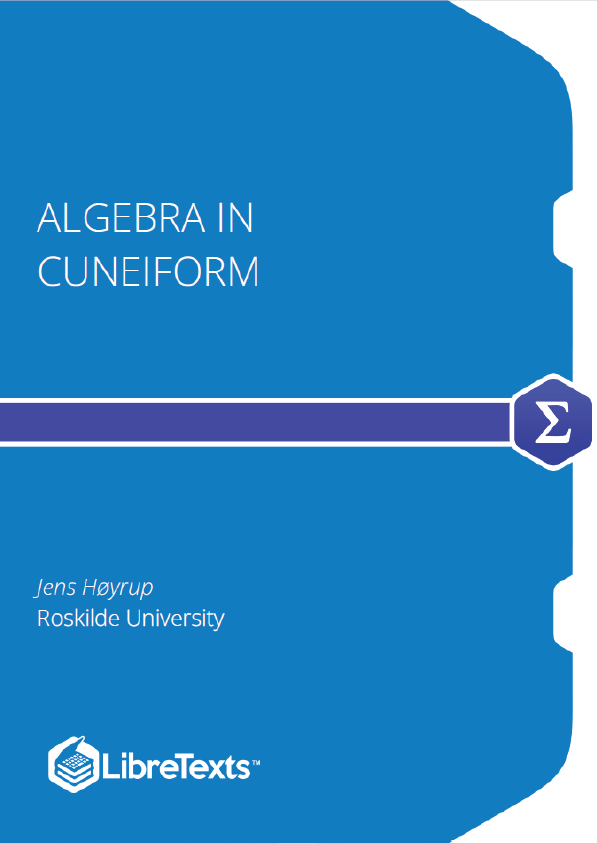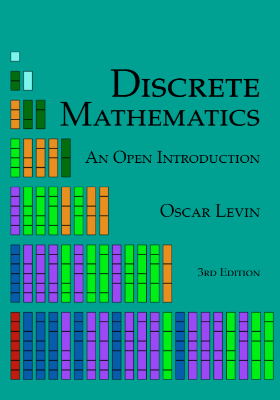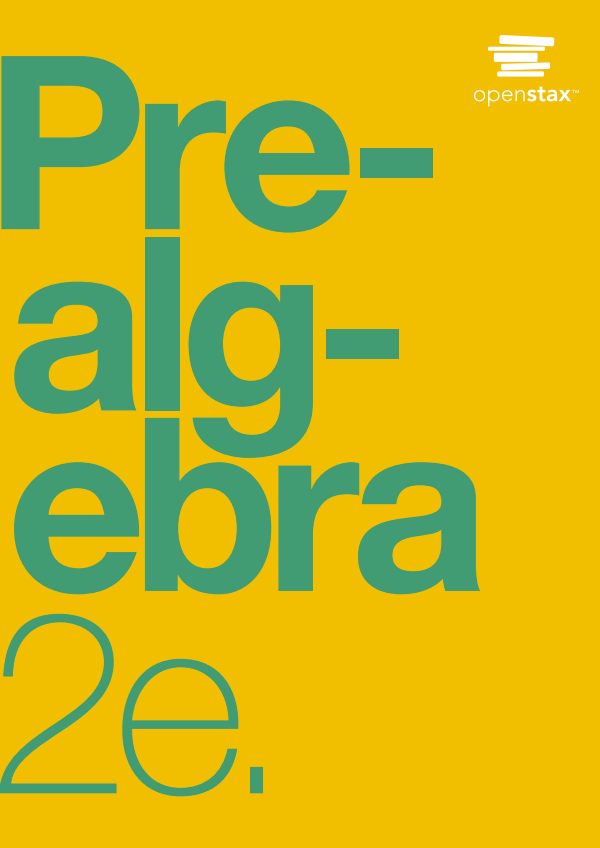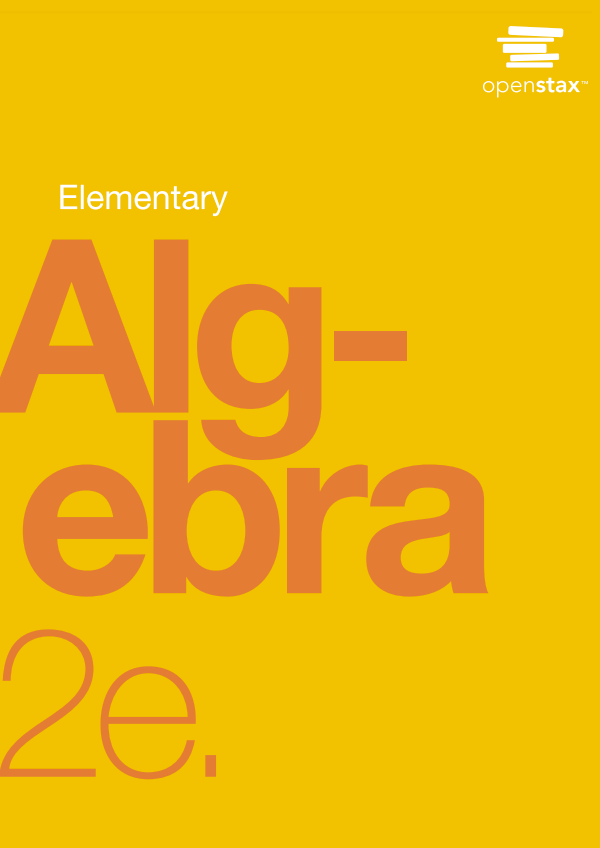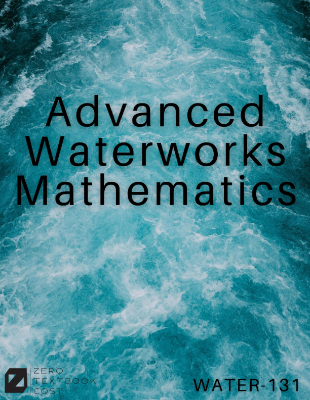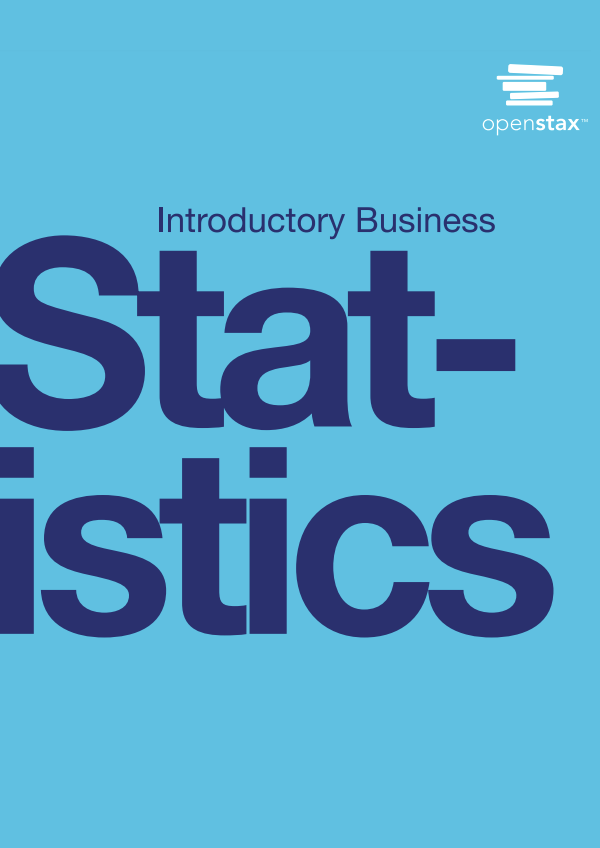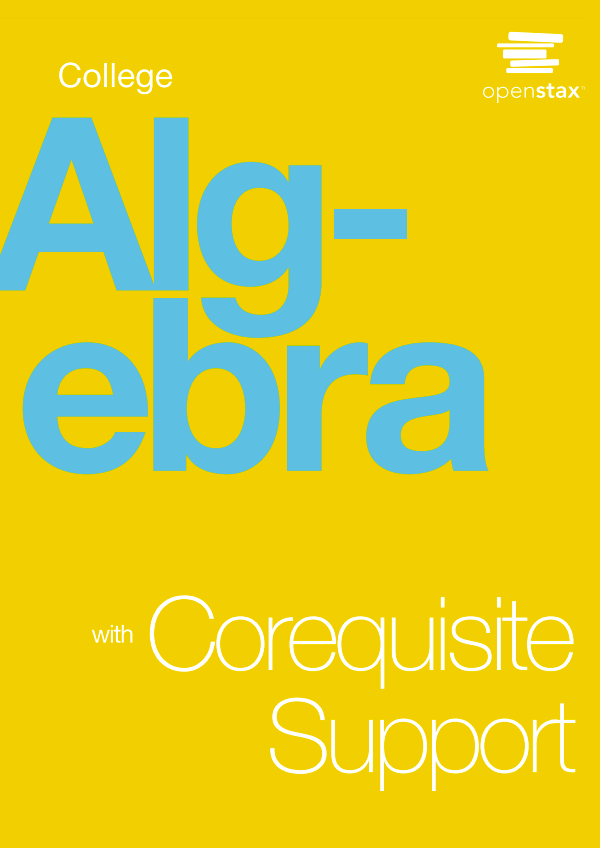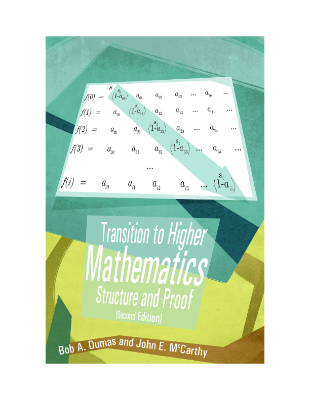“Useless mathematics”
At some moment in the late 1970s, the Danish Union of Mathematics Teachers for the pre-high-school level asked its members a delicate question: to find an application of second-degree equations that fell inside the horizon of their students.
One member did find such an application: the relation between duration and counter numbers on a compact cassette reader (thus an application that at best the parents of today’s students will remember!). That was the only answer.
Many students will certainly be astonished to discover that even their teachers do not know why second-degree equations are solved. Students as well as teachers will be no less surprised that such equations have been taught since 1800 bce without any possible external reference point for the students—actually for the first 2500 years without reference to possible applications at all (only around 700 ce did Persian and Arabic astronomers possibly start to use them in trigonometric computation).
We shall return to the question why one taught, and still teaches, second-degree equations. But first we shall look at how the earliest second-degree equations, a few first-degree equations and a single cubic equation looked, and examine the way they were solved. We will need to keep in mind that even though some of the problems from which they are derived look practical (they may refer to mercantile questions, to siege ramps and to the division of fields), the mathematical substance is always “pure,” that is, deprived of any immediate application outside of mathematics itself.
Mesopotamia (“Land between the rivers”) has designated since antiquity the region around the two great rivers Euphrates and Tigris—grossly, contemporary Iraq. Around 3500 bce, the water level in the Persian Gulf had fallen enough to allow large-scale irrigation agriculture in the southern part of the region, and soon the earliest “civilization” arose, that is, a society centred on towns and organized as a state. The core around which this state took shape was constituted by the great temples and their clergy, and for use in their accounting this clergy invented the earliest script (see the box “Cuneiform Writing,” page 10).
The earliest script was purely ideographic (a bit like modern mathematical symbolism, where an expression like can be explained and even pronounced in any language but does not allow us to decide in which language Einstein thought). During the first half of the third millennium, however, phonetic and grammatical complements were introduced, and around 2700 bce the language was unmistakably Sumerian. From then on, and until c. 2350, the area was divided into a dozen city-states, often at war with each other for water resources. For this reason, the structure of the state was transformed, and the war leader (“king”) displaced the temples as the centre of power. From around 2600, a professional specialization emerged, due to wider application of writing. Accounting was no longer the task of the high officials of temple and king: the scribe, a new profession, taught in schools and took care of this task.
